Everybody hurts, but why? Inissue 311ofBBC Focusmagazine (subscribe here) we explore the science of pain, covering everything from why we feel it, what function it serves and how to manage it. But although modern medicine has given us many different pain relief treatments, we’ve been suffering from a sore tooth or a stubbed toe from the moment we crawled out of the sea (and before), so what did our ancestors do to tame thepain?
Here are a few traditional pain relief remedies, ranging from some that are still in use today, to some that are distinctly weird and probably more likely to worsen matters:
Ether
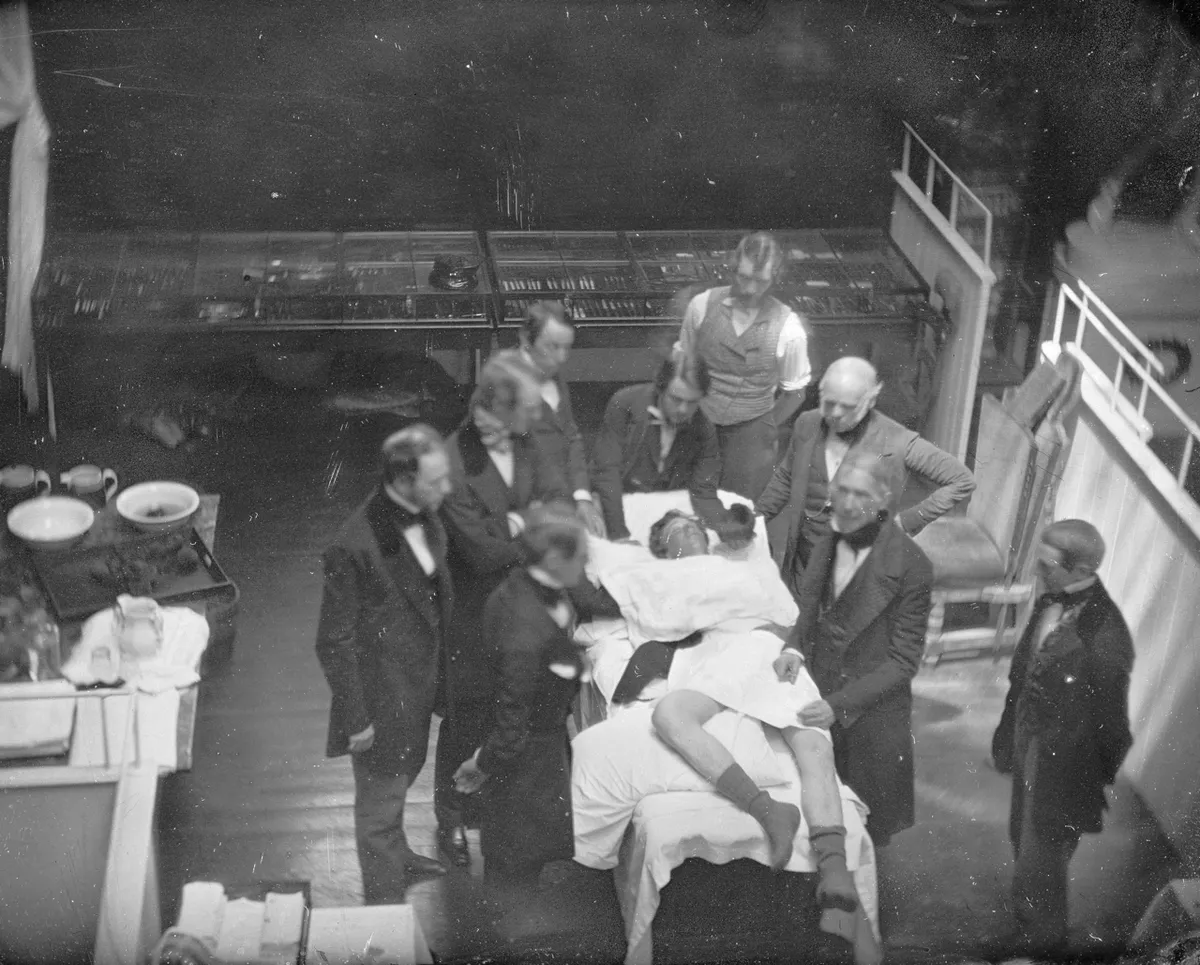
Where and when:USA and Europe, 1842 – early 20th Century.
What it is:The compound known as ether, or diethyl ether, was discovered centuries before its effectiveness as an anaesthetic was realised. Its main medicinal uses were for treating lung infections and scurvy, but it was also used as a recreational drug. In fact it was its recreational use that led to its discovery as an analgesic. At a ‘vapour party’, or ‘ether frolic’, people would soak towels in the liquid and place them over their faces. At one of these, Dr Crawford Long, noticed that his friends didn’t seem to be in pain after injuries such as a heavy fall. Seizing on the possibilities, he demonstrated the possibility of using it for surgery.
Does it work?Although relatively safe, it can cause nausea and vomiting upon waking up, which is one reason it fell out of favour; another reason is its flammability. It was eventually replaced by the non-flammable chloroform, which also takes effect more rapidly.
Willow bark
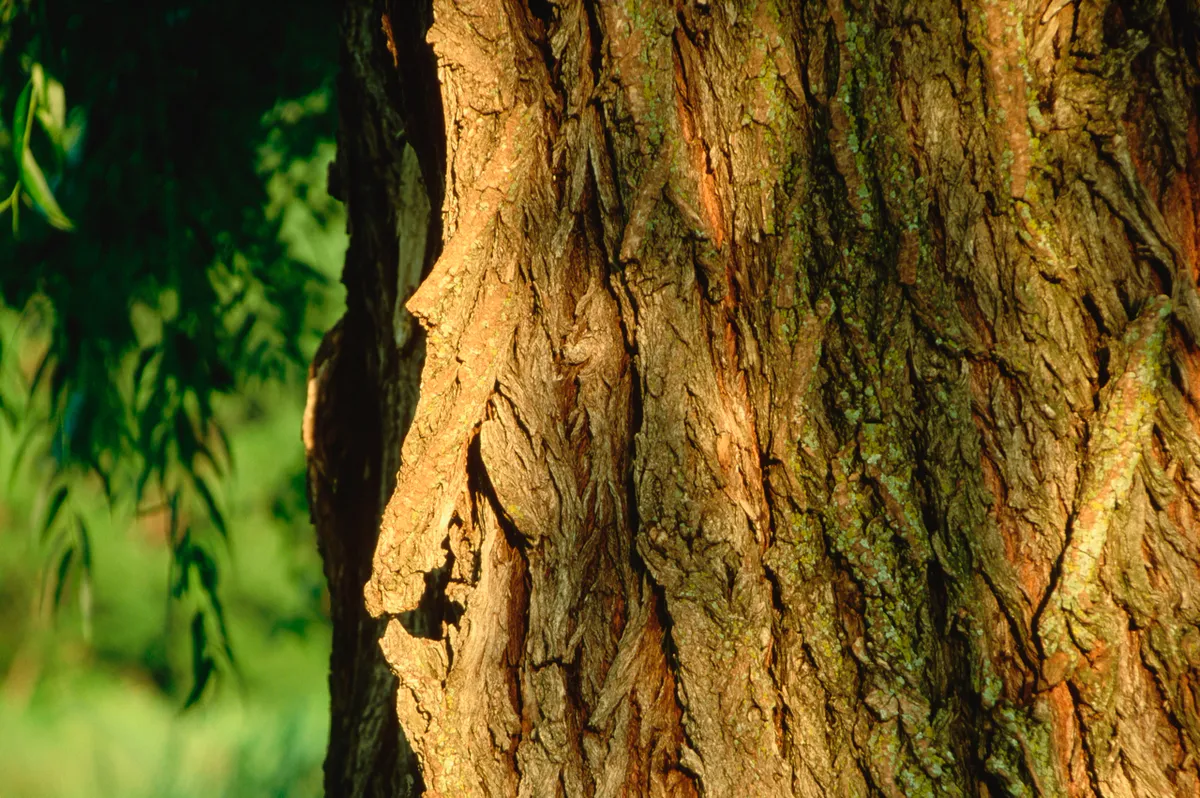
Where and when:Mesopotamia, 4000BC; China and Europe, 400BC.
What it is:Originally, willow bark was chewed to fight fever and inflammation. Willow bark is now commercially available as capsules, powder, or raw bark and is said to treat headaches, inflammation, pain from osteoarthritis, and lower back pain.
Does it work?The active ingredient in aspirin, known as acetylsalicylic acid, was formulated from the salicin found in willow bark. Salicin works in combination with other chemicals, flavonoids and polyphenols, found in the bark.Some studiessuggest that this blend could beas effective as aspirinfor pain relief and inflammation, and at a much lower dose.
Generally, the side effects of willow bark are mild, and it is thought to be less likely to cause gastrointestinal side effects than ibuprofen. However, there is the possibility of causingReye’s syndrome,whichcan cause significant brain and liver damage in children, as with aspirin.
Acupuncture
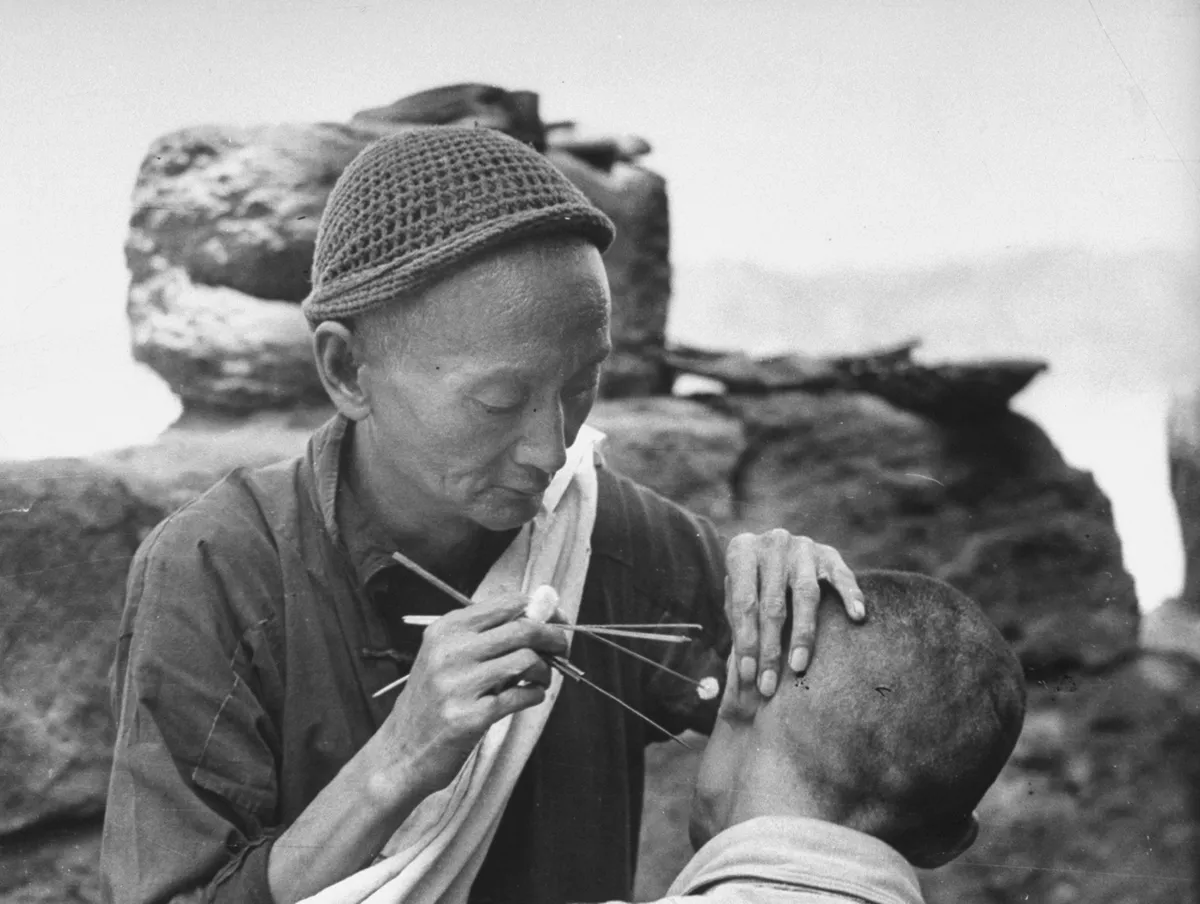
Where and when:China, ca. 100BC.
What it is:Although its exact origins are unknown, the acupuncture therapy has been practised since at least 100BC, when the methods and uses were described inThe Yellow Emperor’s Classic of Internal Medicine. The treatment is based on the idea thatqi, a life force, flows through channels in the body, and this keeps the body in good health. Fine needles are inserted into the body in places known as ‘acupuncture points’: this aims to allow qi to flow freely again so that the body can heal.
Does it work?Although there is no scientific consensus about the effectiveness of acupuncture, it is possible that the insertion of needles causes stimulation in the muscles and under the skin, inducing the body to produce endorphins. The main function of endorphins is to inhibit the transmission of pain signals to the brain. When done correctly, there are few side effects, and these are mild and temporary. They include pain, bleeding, bruising, and drowsiness.
Turmeric

Where and when:India, 1000BC; China, 500BC.
What it is:Turmeric is a commonly-used spice in many cuisines, especially South Asian and Middle Eastern, and is made from the ground root of the turmeric plant. Its bright yellow colouring led to it being known in Medieval Europe as ‘Indian Saffron’. As well as culinary uses, it also found its way into traditional medicine as an anti-inflammatory. It could be administered in many ways: it could be drunk as a tea, juice, or tincture, taken as a powder, or applied as a cream or ointment.
Does it work?The active ingredient is known as curcumin, and is considered to be safe – which is not surprising for something mainly used infood. However, while some studies have suggested that curcumin could have effective medicinal properties, there is very little strong evidence to back this up.
Coca leaves and trepanning
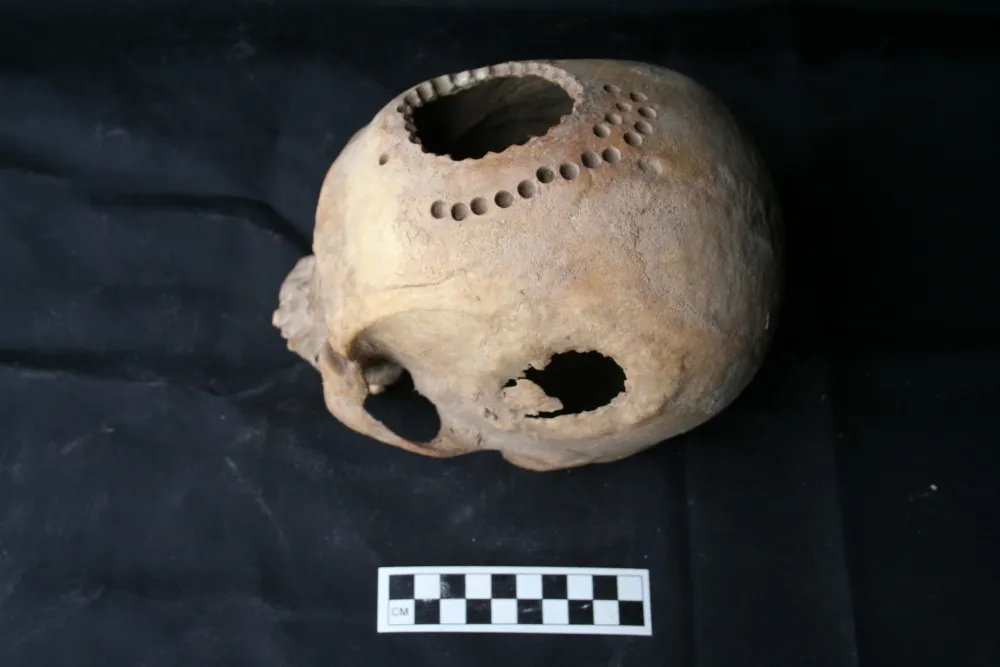
Where and when:Peru, 1000AD.
What it is:Trepanning, the process of making a surgical hole in the skull and exposing the brain underneath, has been practised for millennia, with evidence of it dating back to 10,000BC. It is believed that it was performed to treat headaches, epilepsy, and insanity, since the common understanding was that these were caused by demons that needed to be released. A2013 studyfound that the Incas of Peru were experts at this, and provided their patients with a form of pain relief - while the surgeon was making a hole with anobsidian knife, they would also be chewing coca leaves, which they would spit into the hole. The coca leaf, from which cocaine is derived, causes a numbing effect. They were also chewed for relief from altitude sickness and to suppress hunger.
Does it work?Naturally, having a large hole in the skull is not ideal. This exposes the brain to bacteria from the air, the surgeon’s equipment, and the chewed coca leaves. Many patients – or perhaps victims – died shortly after the procedure. However, we know that some patients survived for years afterwards: their skulls began to heal over the wound. It’s possible that trepanning after a head trauma can relieve pressure on the brain and save a patient’s life.
Coca leaves, on their own, are likely to be safe, and do provide a mild pain-relieving effect. However, it can be dangerous for pregnant and breastfeeding women to chew coca leaves, and can interfere with other conditions such as asthma and diabetes. Unlike cocaine, the raw coca leaf is not itself addictive.
Leeching
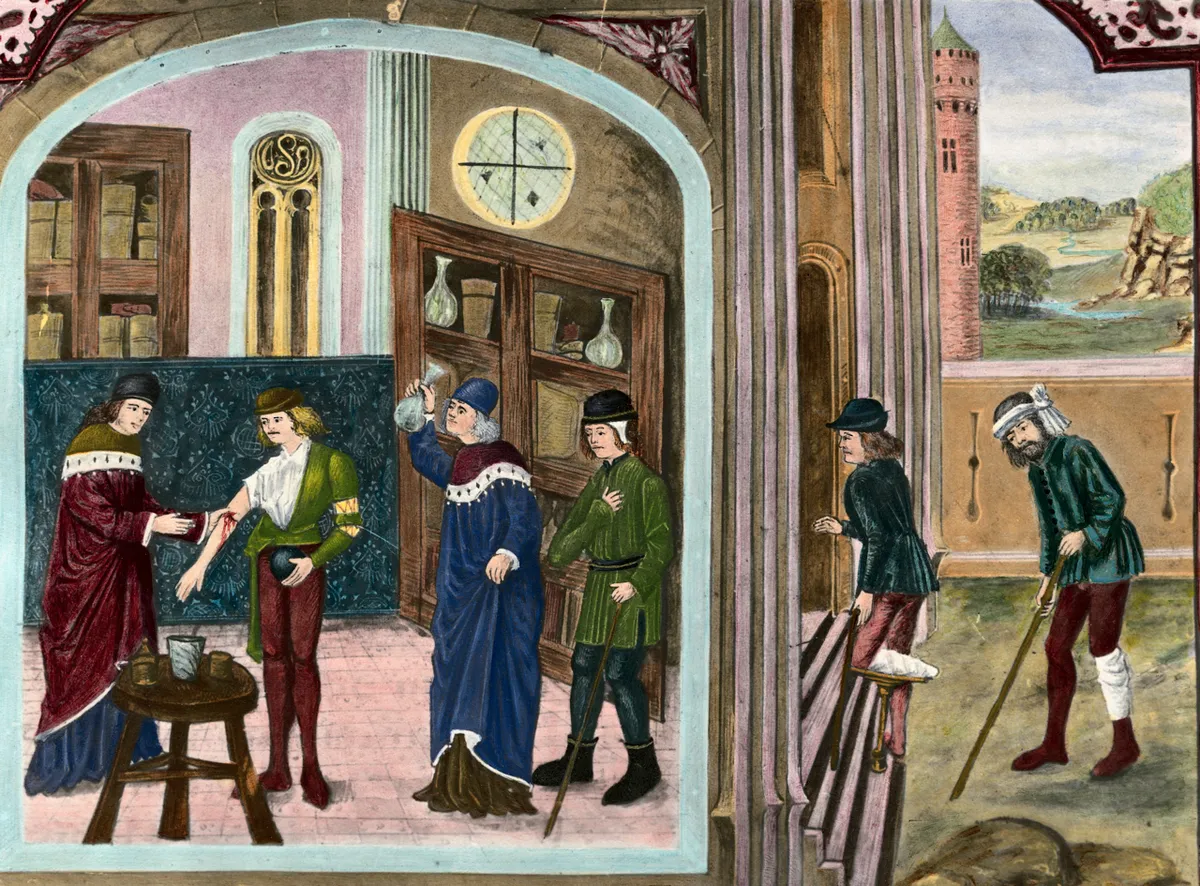
Where and when:Egypt, 1500BC, through to early 19th-Century Europe.
What it is:Leeches, usually of the speciesHirudo medicinalis, were historically used for one of the more gruesome methods of pain relief. They are first thought to have been used in Ancient Egypt, but the practice persisted and eventually became a fashion in Europe in the 19th century. Additionally used for preventing and treating infection, the leeches were allowed to draw blood until they detached themselves.
Does it work?The leech’s saliva contains anaesthetic, intended to numb the pain of the bite so the victim is unaware of it. However, there is a possibility that this could have more long-lasting analgesic effects. A2003 studyfound that leeching could be more effective in relieving arthritic joint pain than the anti-inflammatory drug diclofenac in the first week after application, and might even reduce joint stiffness, leading to longer-term benefits.
There are other compounds in the leech’s saliva, including substances to dilate blood vessels and anticoagulants to prevent blood clotting: these can result in prolonged or excessive bleeding. In addition, there is the possibility of being infected by microorganisms transferred by the leech, but this seems to occur only in cases of reduced circulation.
Soporific sponge
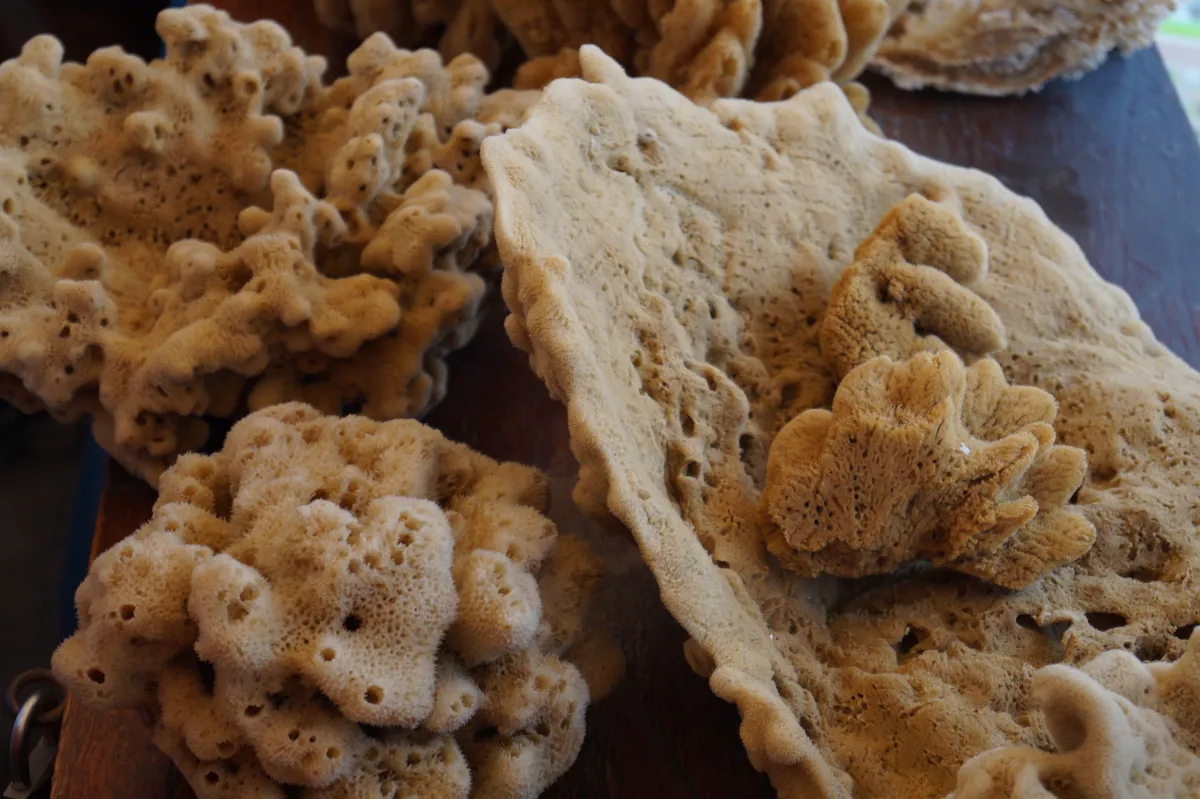
Where and when:Europe, 11th Century to 17th Century.
What it is:The soporific sponge was a predecessor to modern inhaled anaesthetics. A sea sponge was soaked in a mixture of plant extracts, and then dried in the Sun. Then, to render someone unconscious for an operation, the sponge was soaked in hot water and held under the patient’s nose. To wake them up again when the job was done, a sponge soaked in hot vinegar took its place.
The original recipe called for opium, mandrake, hemlock, and henbane to be brewed in water, and this water was then used to soak the sponge. Although other ingredients were added over the centuries, potentially to make the sedative effect more powerful or mask the smell, these four key components were always included.
Does it work?It seems that the soporific sponge did have the sleep-inducing properties that its name suggests. Centuries of documented reports from surgeons, combined with our knowledge that the four key ingredients all had sedative or paralytic effects, suggest that they were effective enough for the purpose. However, gradually, these became less and less popular. It is thought that as operations became longer and more involved, stronger and safer sedatives were required.
Tobacco smoke enema
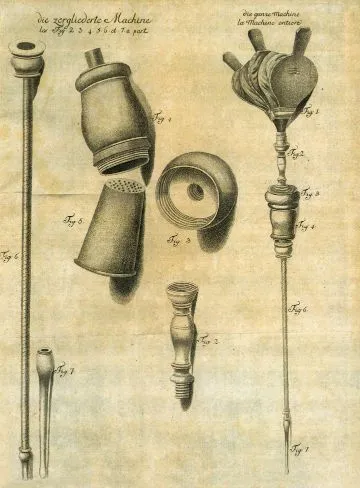
Where and when:Europe, late 1700s.
What it is:In the late 1700s, it was thought that resuscitating drowning victims required warming them and stimulating respiration. So, a Native American method for treating constipation in horses was adapted - tobacco smoke blown up the rectum. Initially, a regular smoking pipe was used, until the dangers of inhaling led to the development of a set of apparatus consisting of a long pipe and a set of bellows. Before long, these were installed along the banks of the Thames. It was thought that the tobacco smoke, would dry out the insides and provide stimulation.
As well as the use in drowning victims, this procedure was also adopted for relieving pain in the gut and abdomen, as well as for treating headaches.
Does it work?Of course, this is not an effective pain reliever. A student of medicine at the University of Pennsylvania in the early 19 Century, Daniel Legare, based his dissertation on the study of tobacco smoke enemas. Through experimentation on animals, he showed that it had no medicinal benefits. In addition to this, there is the issue that tobacco smoke contains carcinogens.
Electric fish
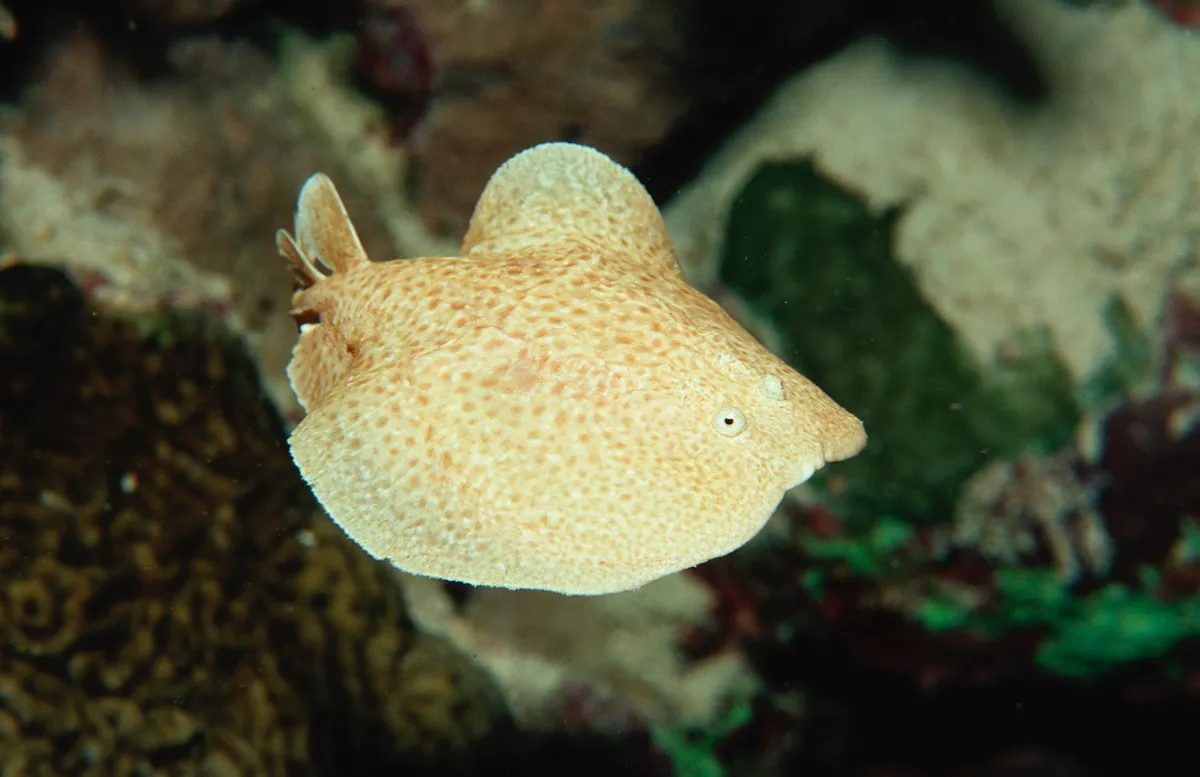
Where and when:Egypt, 2500BC.
What it is:In Ancient Egypt, one method of curing painful joint or headaches was to use the nerve stimulation provided by an electric fish. Either the painful body part was placed in a bowl with an electric ray or electric catfish, or the fish was applied directly to the forehead.
Does it work?Although it’s unknown how effective the catfish method was, it bears a distinct similarity to a modern method of pain relief known as TENS, or Transcutaneous Electrical Nerve Stimulation. TENS, which is sometimes used for women in labour, uses electrodes placed on the skin and emits small electrical impulses. It is thought to cause pain-free nerve fibres to block signals sent by those experiencing pain, or to trigger the body to release pain-relieving endorphins. However, it is unknown whether TENS itself is a reliable method of pain relief, so it is unlikely that using electric fish, with the unpredictability that entails, was more effective.
Follow Science Focus onTwitter,Facebook, Instagramand Flipboard